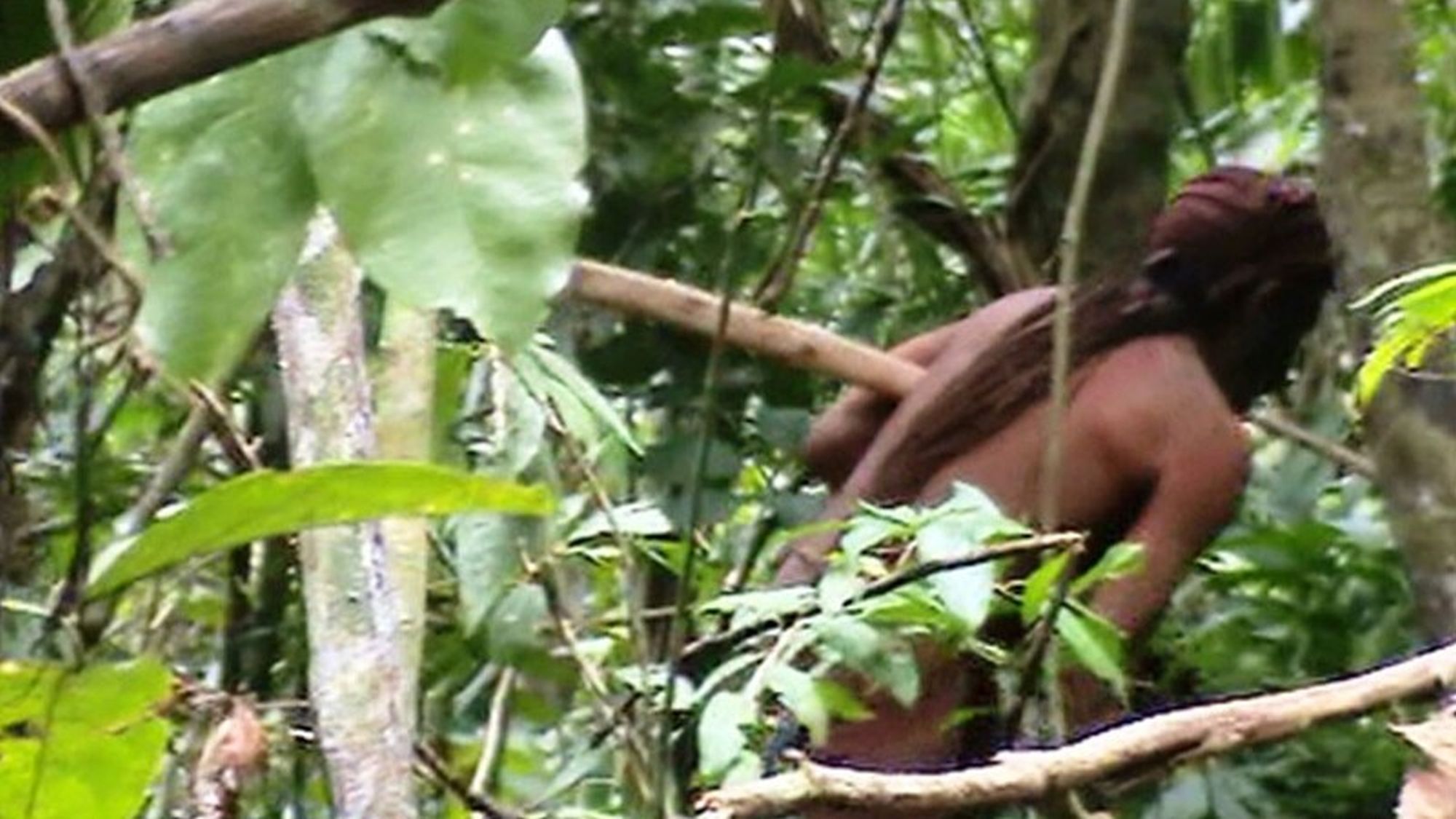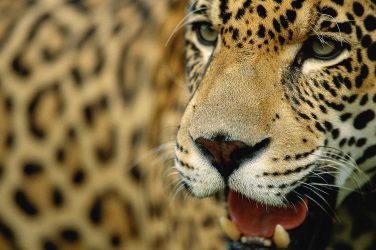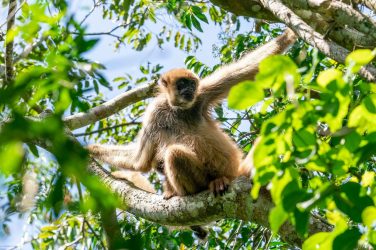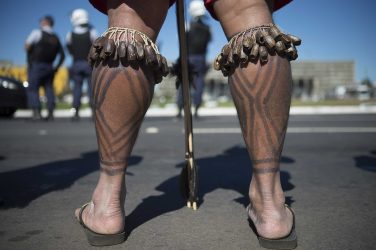An Indigenous man known as “The Man of the Hole” has died in Brazil. He was the last member of his tribe, and the only inhabitant of Tanaru Indigenous Territory in Rondônia state, in the western Brazilian Amazon.
The rest of his people had been massacred in a series of attacks from the 1970s onwards, but little was known about his people as he resisted attempts to contact him. Known to outsiders as The Man of the Hole for his habit of constructing deep holes, some with sharpened stakes in them, he was filmed by a government team in 2018 during a chance encounter.
Tanaru territory stands as a small island of forest in a sea of vast cattle ranches, in one of the most violent regions in Brazil. Survival, together with organizations inside Brazil, campaigned for many years for his land to be protected.
Fiona Watson, Survival’s Research and Advocacy Director, visited the territory in 2004 with a government monitoring team, and wrote an account of the visit.
She said today: “No outsider knew this man’s name, or even very much about his tribe – and with his death the genocide of his people is complete. For this was indeed a genocide – the deliberate wiping out of an entire people by cattle ranchers hungry for land and wealth.
“He symbolized both the appalling violence and cruelty inflicted on Indigenous peoples worldwide in the name of colonization and profit, but also their resistance. We can only imagine what horrors he had witnessed in his life, and the loneliness of his existence after the rest of his tribe were killed, but he determinedly resisted all attempts at contact, and made clear he just wanted to be left alone.
“If President Bolsonaro and his agribusiness allies get their way, this story will be repeated over and over again until all the country’s Indigenous peoples are wiped out. The Indigenous movement in Brazil, and Survival, will do everything possible to ensure that doesn’t happen.”
The Last of His Tribe
by Fiona Watson, 2005
Imagine living on your own, in complete silence, always on the run, always fearful, invisible to the world. This is daily life for one solitary man in the Amazon. He’s the sole survivor of his tribe. We don’t know who he is, the name of his tribe or what language he speaks. His people were probably massacred by cattle ranchers who are invading the region at break neck speed.
It’s eery walking through the tiny patch of forest where he lives. His presence is everywhere and I can sense him watching our every move. Mario and Pedro, our Indian guides, point to one of his hunting shelters made of leaves, and a palm tree which he has chopped down to extract the palm heart.
He’s known simply as the ‘Last of his Tribe’. He builds huge holes, either to trap animals or to hide in. Get too near and he will fire an arrow in warning.
Last year he hit Tunio, who works for FUNAI, Brazil’s Indian Affairs Department. Fortunately, Tunio quickly recovered. Walking into somebody’s home uninvited feels like trespassing. Here are carved arrow heads, calabashes for storing water, dried nuts and a torch he has made from resin.
His garden is brimming with produce – paw paw, manioc and corn. He will probably come under cover of night to gather the fruits when they are ripe. It must have taken him days to chop down the trees, single handed, to make the clearing.
We are not however voyeuristic interlopers. There’s a serious point to our visit. FUNAI wants to establish whether he is still alive, and monitor the land to protect it from invaders.
Some of the ranchers have their eye on his land and there are plenty of trigger happy gun men who would think nothing of bumping him off for the cost of a night on the town. Not for nothing do many Brazilians call Rondonia the ‘bang bang’ state.
I am here because I want to tell his story as part of Survival’s ‘Uncontacted Tribes’ campaign, for the rights of uncontacted peoples around the world.
Some months after my visit I receive a rare piece of good news: FUNAI has decided not to contact the ‘Last of his Tribe’, but to enlarge his tiny territory by 3,000 hectares to give him more space and more game to hunt. I hope that now he will have the chance to live out his life in peace.














